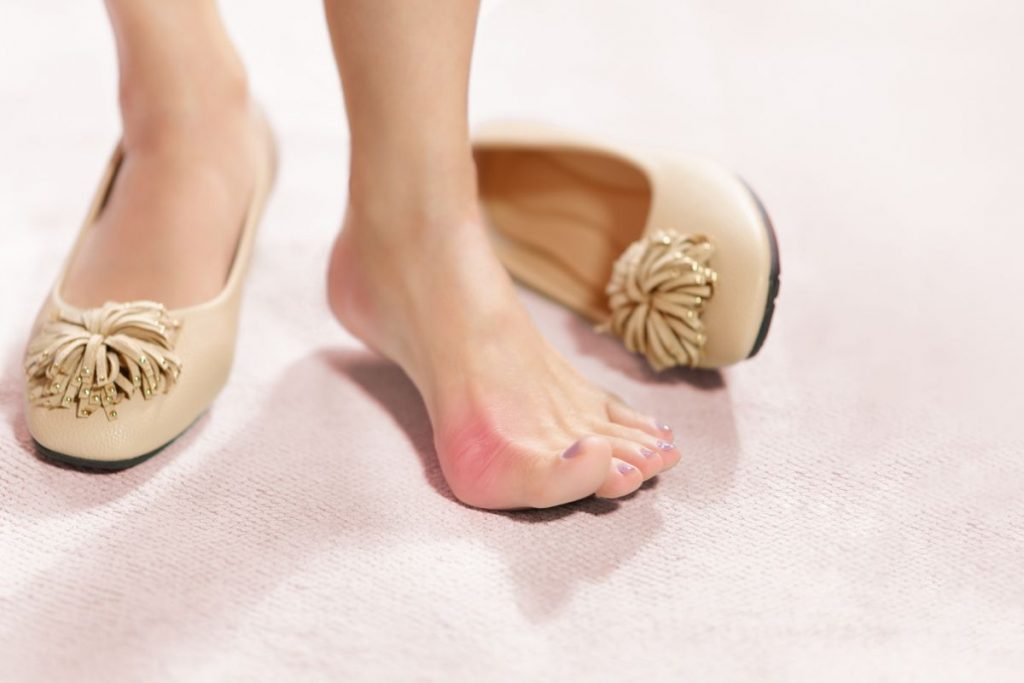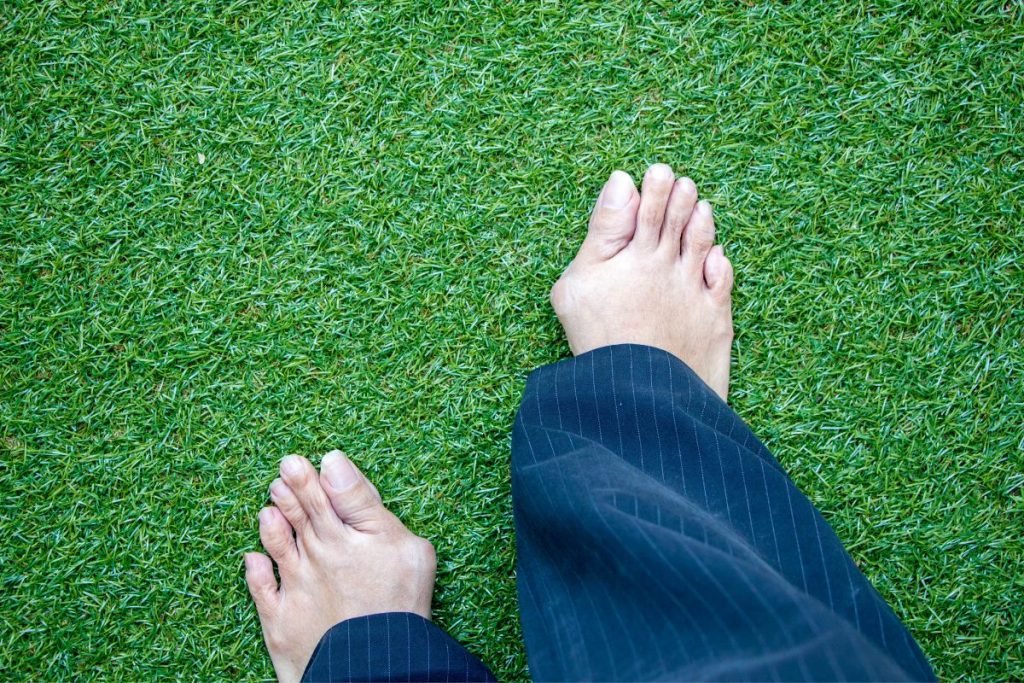Many people around the world are dealing with bunions. After all, this is a common foot condition than one would think. As a matter of fact, this is considered one of the most common foot problems, especially among women.
Bunions are caused by different factors. Learn more about what causes this problem and why it brings about foot pain, as well as its treatment and how you can prevent this from forming in the first place.
What are Bunions?

Bunions refer to the bony bump that tends to form at the base of your big toe. They are likewise known by their medical term called hallux vagus.
Bunions come about when the metatarsal bone moves towards the side closer to the other foot. This means that the bones in your foot are being displaced, forcing the joint of your big toe to stick out and become a deformity of sorts. This also means that the big toe is moved toward the smaller toes.
As this foot condition progresses, you may feel foot pain. This is more prevalent when the angle between the big toe and the foot grows, leading to fluids filling in a sac at the base of the big toe.
How do Bunions Develop?
There are various reasons why bunions develop. One of the main causes of bunion is wearing ill-fitting shoes, particularly those that are constricting on the toes and are quite narrow.
This is perhaps why more women are prone to having bunions. Apart from wearing tight shoes, women are also said to have weaker connective tissue in their feet.
Another cause of bunions is genetics. Sometimes, this foot condition happens simply because it is hereditary and there are some families whose foot types run narrower. At times, the structure and shape of the feet can likewise affect one’s chances of forming bunions.
In a similar vein, the development of bunions may just simply be exacerbated by individuals who already have foot deformities from birth. By extension, those who have foot conditions such as flat feet, arthritis, and low arches are susceptible to developing this problem.
Get to Know the Treatment for Bunions

- Having the Right Type of Shoe
One of the best ways you can address the formation of bunions is by wearing the right shoe type for your feet. No two feet are alike, which is why you might want to consult a specialist such as a foot doctor who can guide you toward choosing what best suits your feet.
Bunions can feel painful at times because many shoes are not equipped to accommodate their formation. To prevent friction and from encouraging the development of bunions, make sure to find shoes that have wide toe boxes and flexible uppers. Having a supportive arch works in your favor as well.
- Using Protective Padding and Inserts
Going the extra mile in protecting your feet can make it feel like you’re walking on clouds. Some accessories that might help alleviate your foot problems are protective foam padding. This adds comfort and helps reduce the pressure on your bunions.
- Bunion Surgery
In the worst case scenario, having bunion surgery will greatly provide relief and improve your overall foot health. Conducted by a podiatrist or a foot doctor, this MIS bunion surgery is minimally invasive.
While this type of surgery may sound scary, this actually corrects your feet and metatarsal bone, allowing your foot and toes to be realigned properly once more. It also reduces foot pain and gives you back the full range of motion you once enjoyed.
The Bottom Line
Bunion formation is a normal part of life. Even so, with these preventive measures and tips, you can help keep this foot problem at bay. For those with this condition, make sure to consult your foot doctor right away and you can keep your feet healthy with their guidance.
